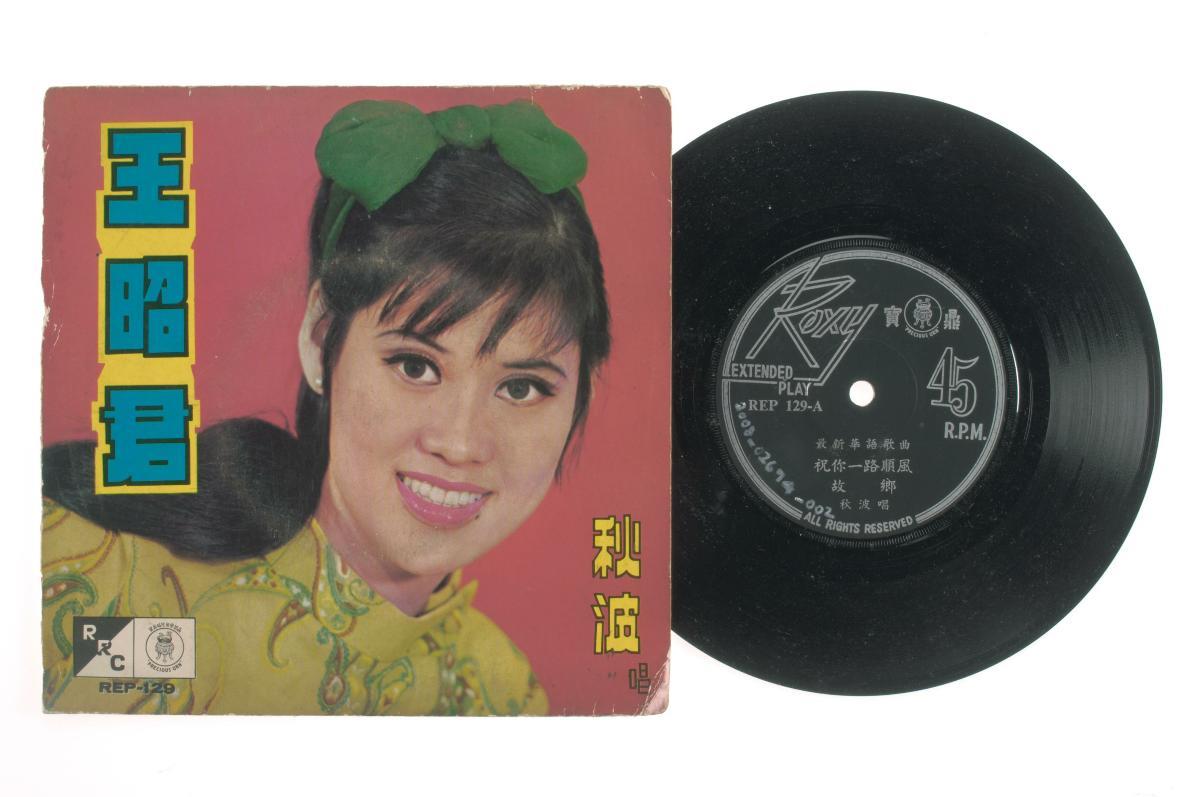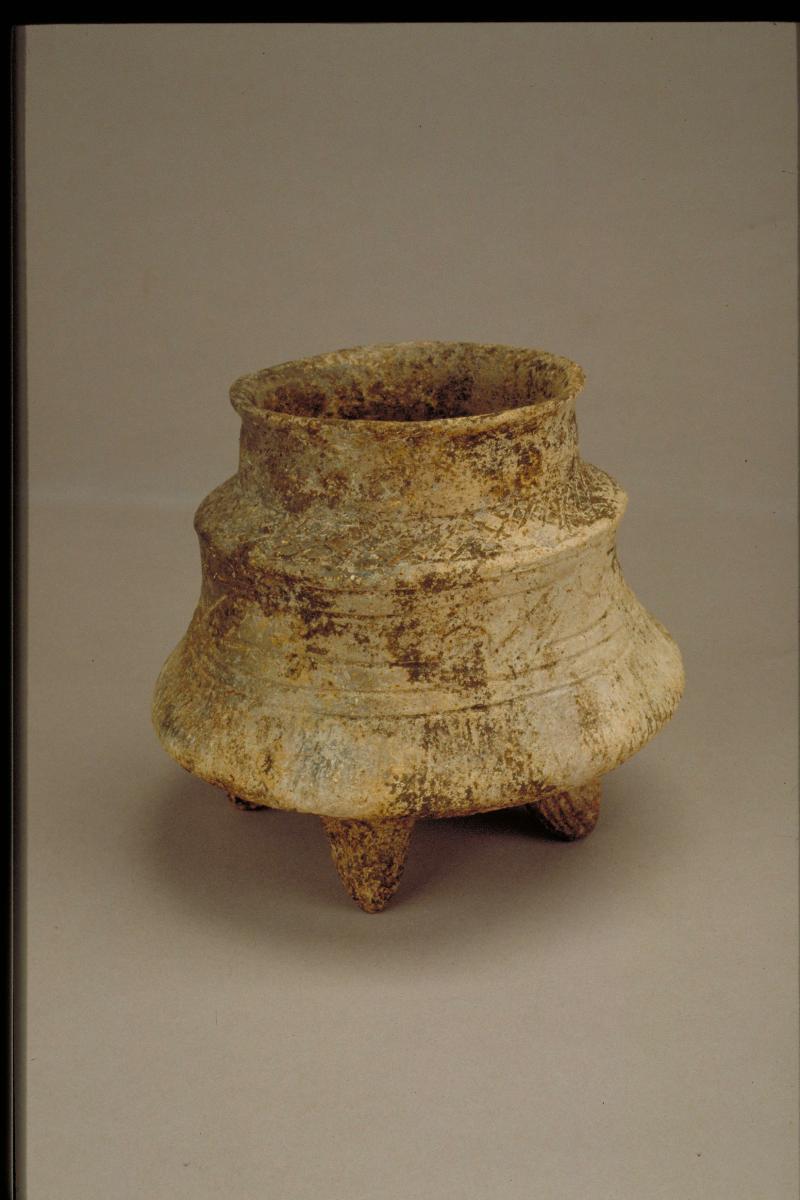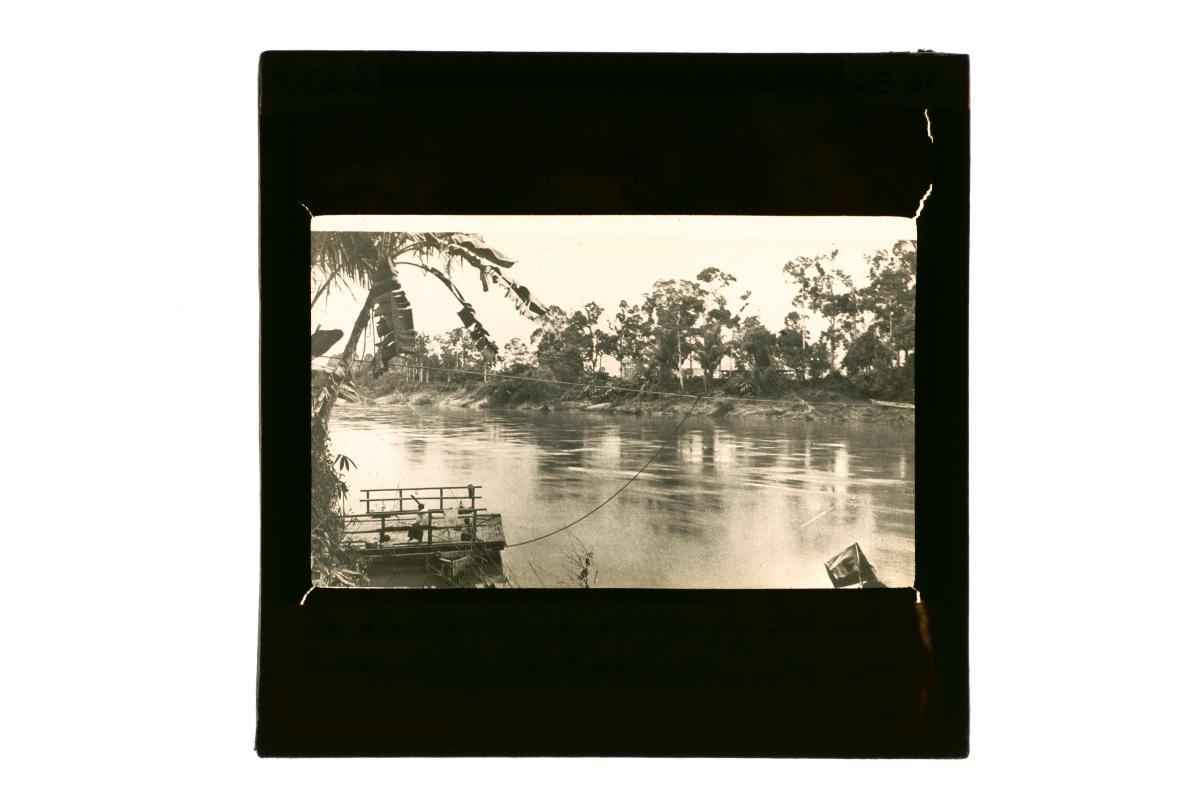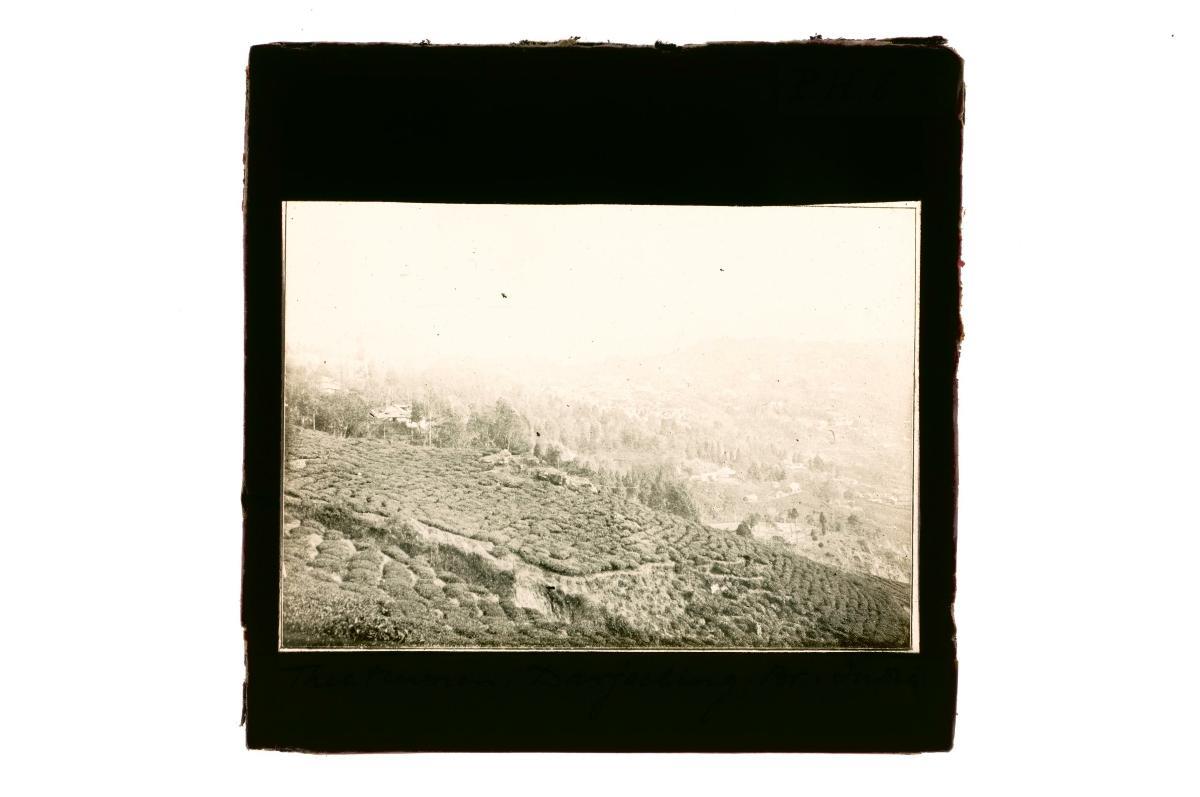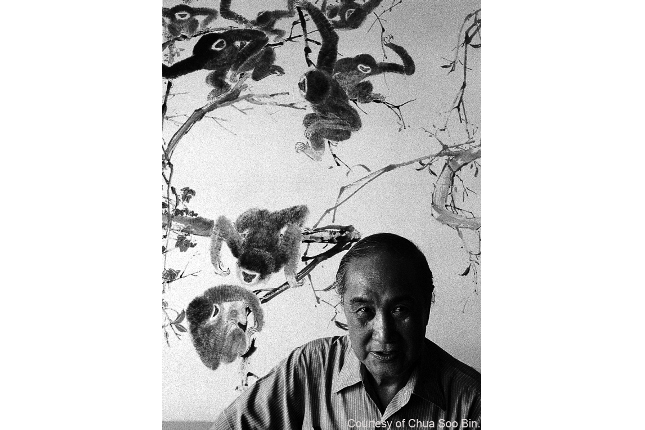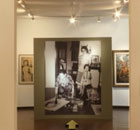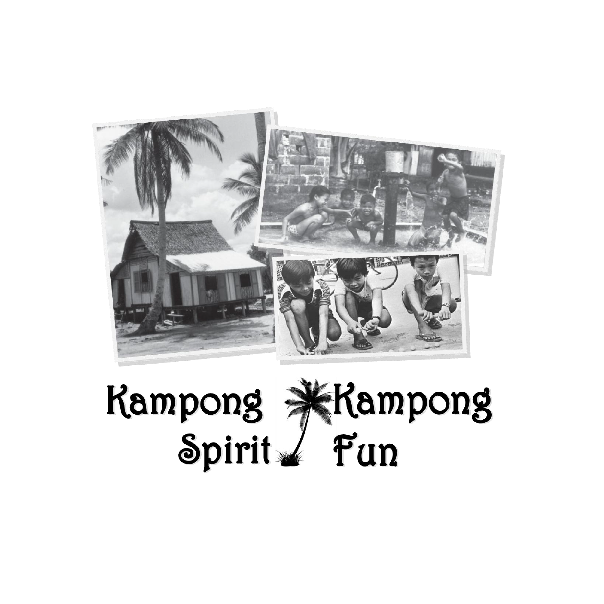This pair of brightly glazed earth spirits also known as 'zhenmushou', literally 'beasts that guard the tomb', was part of an elaborate retinue of burial figures. The one on the right has a semi-human face with the body of an animal, with wings and hooves. The other more ferocious-looking spirit has the face of an animal with horns. It bares its teeth to ward away evil spirits. Large retinues signified the social status of the deceased.Lead glazes were introduced during the Han dynasty (206 BCE-220 CE) and were further developed during the Tang (618-906) to include streaky ‘sancai’ (‘three-colour’) glazes of amber and green as depicted on these pieces.These pieces are made from moulds that are covered in lead glaze. During firing, colours in the glaze mingle with each other naturally to form vertical streaks. These streaks that drip like wax originate from the colouring oxides present in the glaze. Copper oxide forms greens while iron oxide gives brown and yellow. The custom of making 'mingqi' or burial wares was an ancient practice. It was believed these wares were necessary to the dead in the next world.





